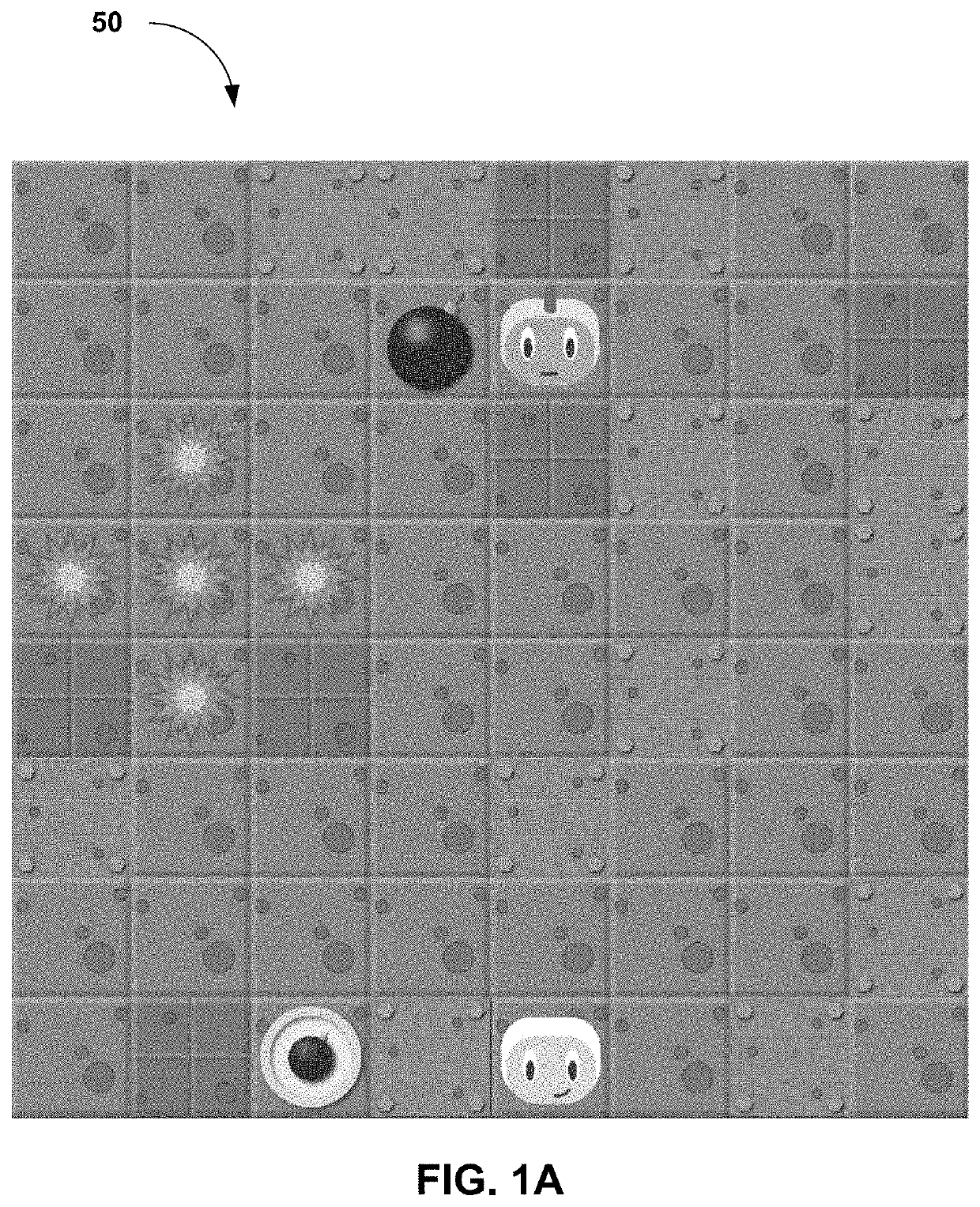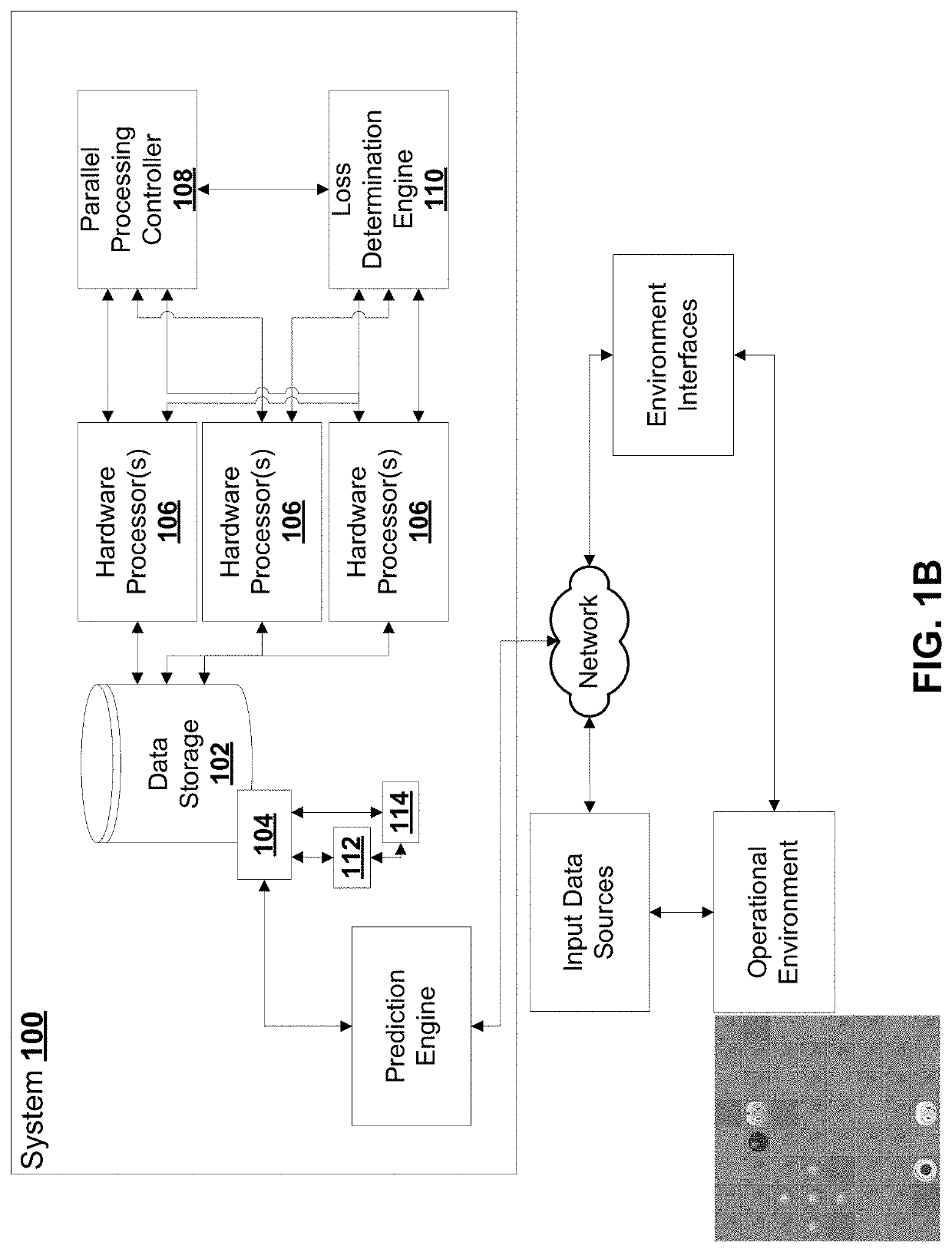System and method for deep reinforcement learning
a deep reinforcement and learning technology, applied in the field of machine learning, can solve the problems of slow dataset collection by search algorithms, high computational cost, and low sample efficiency, and achieve the effects of speeding up learning, efficient exploration, and faster learning results
- Summary
- Abstract
- Description
- Claims
- Application Information
AI Technical Summary
Benefits of technology
Problems solved by technology
Method used
Image
Examples
Embodiment Construction
[0040]Embodiments of methods, systems, and apparatus are described through reference to the drawings.
[0041]Deep reinforcement learning (DRL) has achieved great successes in recent years. However, there are still several challenges to be addressed such as convergence to locally optimal policies and sample inefficiency (e.g., long training times). In some embodiments, action guidance may be used by means of a non-expert demonstrator to improve sample efficiency in a domain with sparse, delayed, and possibly deceptive rewards: the recently-proposed multi-agent benchmark of Pommerman. In some embodiments, there is provided a framework where even a non-expert simulated demonstrator, e.g., planning algorithms such as Monte Carlo tree search with a small number rollouts, can be integrated within asynchronous distributed deep reinforcement learning methods. Compared to a traditional deep RL algorithm, the methods described herein both learn faster and converge to better policies on a two-pl...
PUM
 Login to View More
Login to View More Abstract
Description
Claims
Application Information
 Login to View More
Login to View More - R&D
- Intellectual Property
- Life Sciences
- Materials
- Tech Scout
- Unparalleled Data Quality
- Higher Quality Content
- 60% Fewer Hallucinations
Browse by: Latest US Patents, China's latest patents, Technical Efficacy Thesaurus, Application Domain, Technology Topic, Popular Technical Reports.
© 2025 PatSnap. All rights reserved.Legal|Privacy policy|Modern Slavery Act Transparency Statement|Sitemap|About US| Contact US: help@patsnap.com



